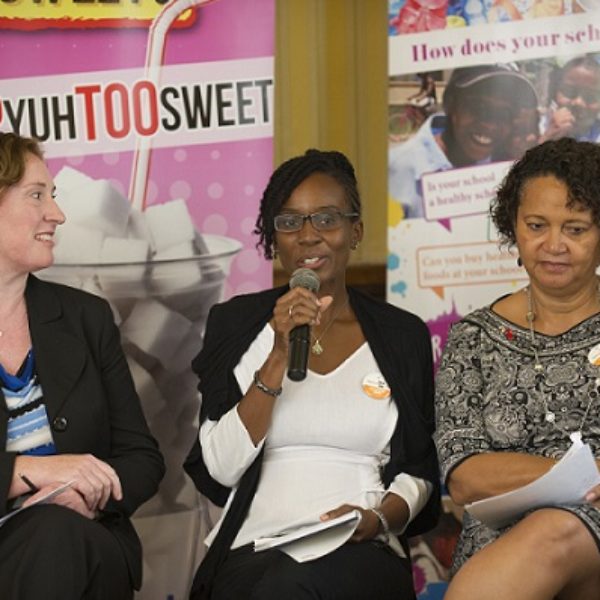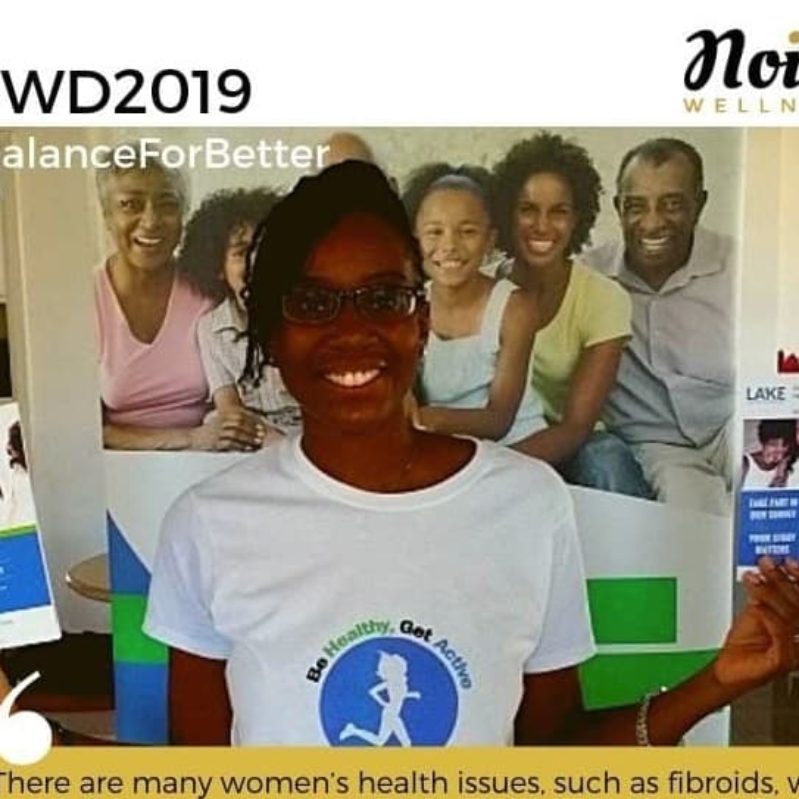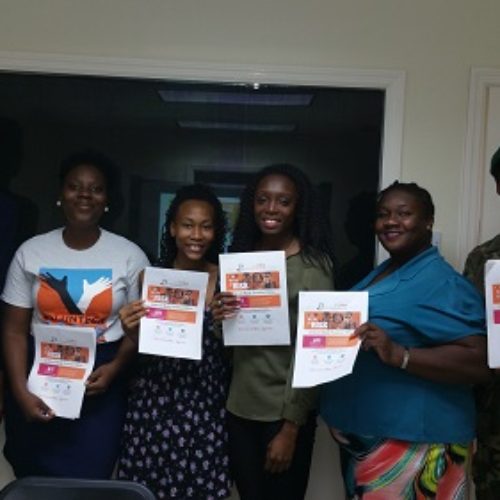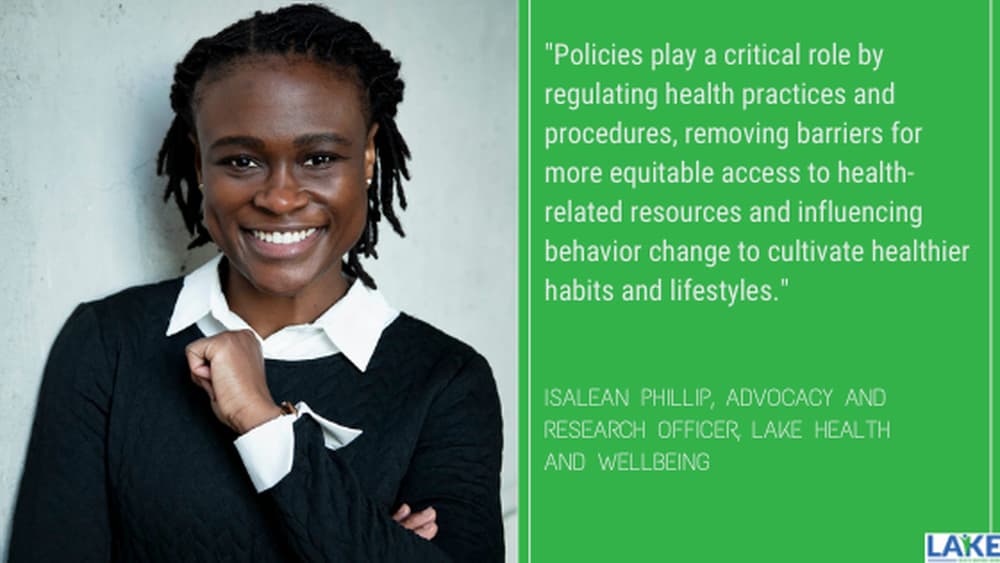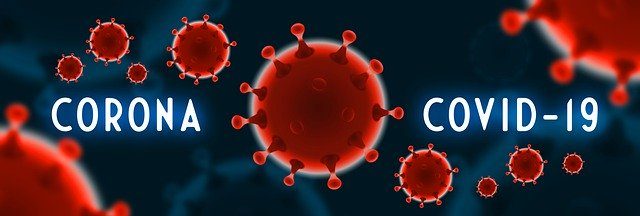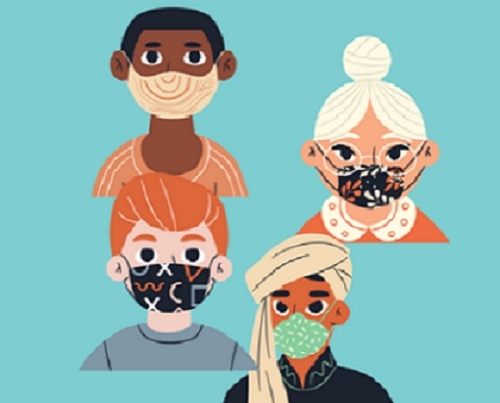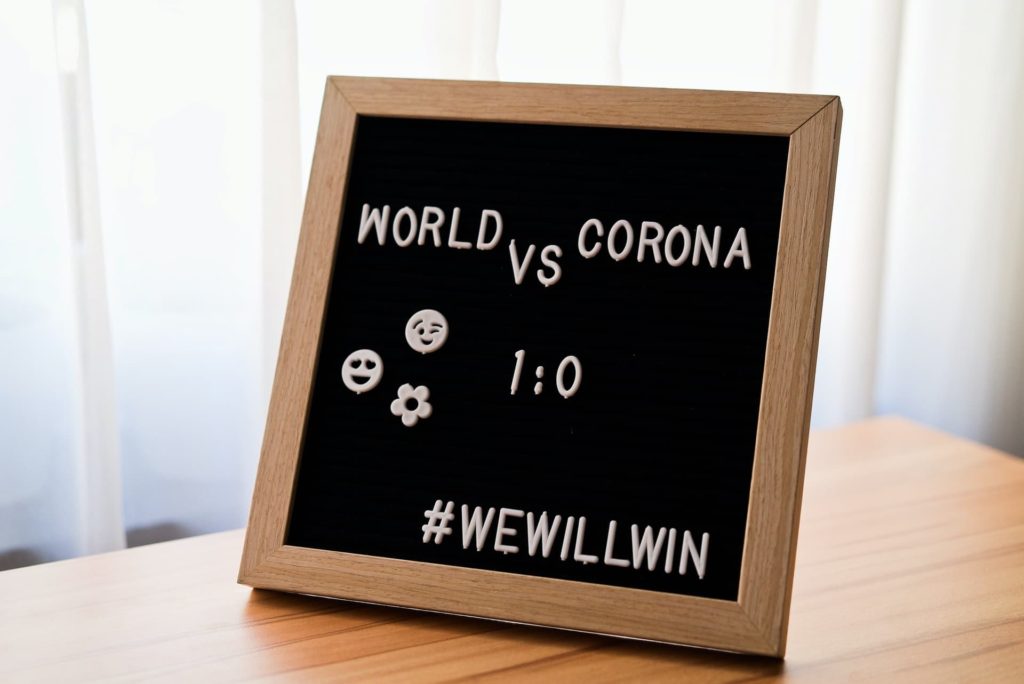You’re Sweet Enough Campaign Launch
On 22nd March, we joined our partners from the Ministry of Health to launch our You’re Sweet Enough campaign.
This 9-month campaign aims to raise awareness of the harmful health effects of consuming sugar-sweetened beverages (SSBs) and encourage everyone to drink water as the healthy alternative.
Speakers at this event included Isalean Phillip, our Advocacy and Research Officer and Dr Marissa Carty, the NCD Coordinator at the Ministry of Health.
Isalean Phillip started the event by highlighting that non-communicable diseases are the leading cause of death in St Kitts and Nevis with 83% of deaths being attributed to these conditions. Ms Phillips also explained that driving the development of non-communicable diseases is the high rate of obesity in the Federation. Therefore, this campaign focuses on one cause of obesity, the overconsumption of SSBs. Ms Phillip went on to explain that regular consumption of sugary drinks is found to be linked to weight gain and obesity, and this increases our risk of developing diseases like type 2 diabetes, high blood pressure and some cancers.
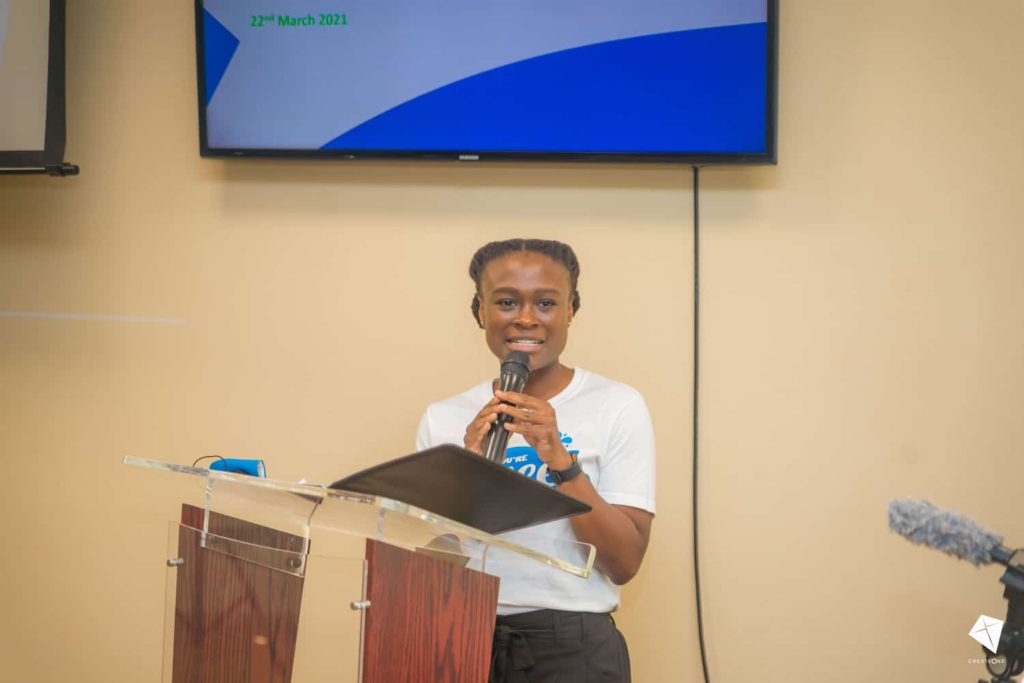
Dr Marissa Carty, the NCD Coordinator at the Ministry of Health, then provided some remarks and stated that the Ministry recognises the urgent need to protect the health of the nation and one important approach is to reduce the public’s consumption of SSBs. She went on to voice her disappointment at “the deceptive and manipulative marketing of SSBs to vulnerable communities and demographics such as children, youth and young adults” and described some of the measures that are required to reduce SSB consumption – an SSB tax adequate nutrition labelling of SSBs and evidence-based information about the harmful effects of SSBs.
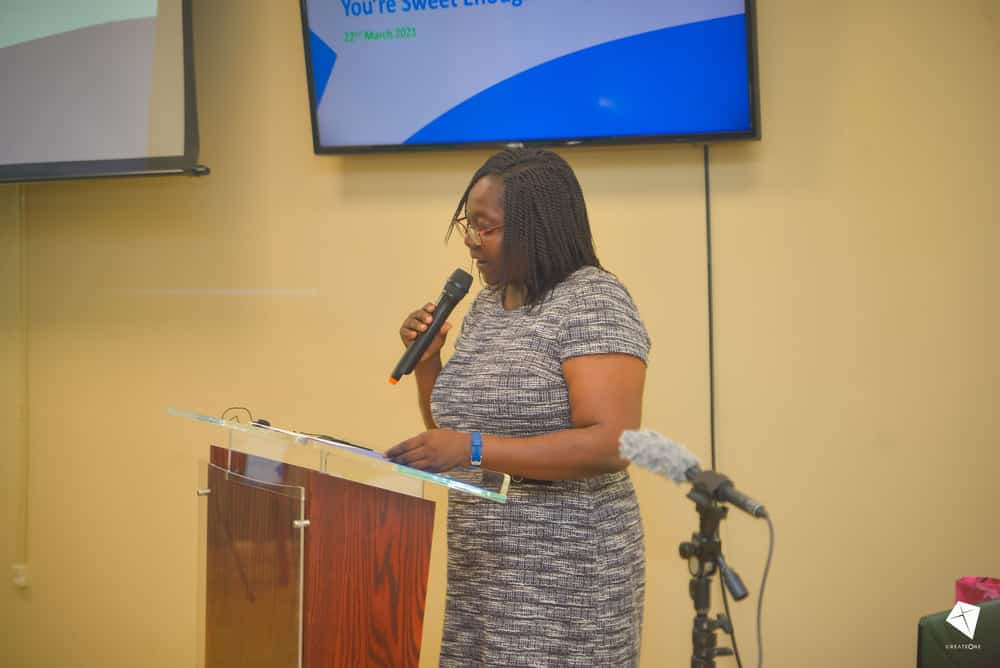
The event ended with the official launch of the campaign materials by Abi Begho, Lake Health and Wellbeing’s Director. Mrs Begho showcased the campaign jingle (with vocals provided by local artist Dejour), billboards, the first educational animation and community leader video.
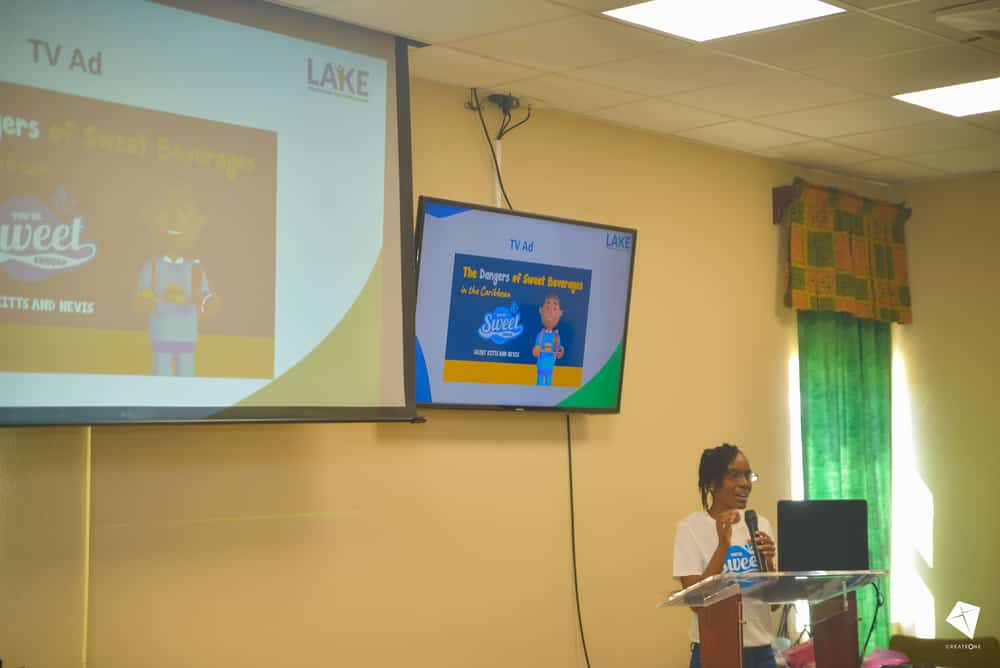
We had a great time at our launch event and are very much looking forward to making a difference through this campaign. You can visit the campaign website to find out more and to be kept up-to-date.



